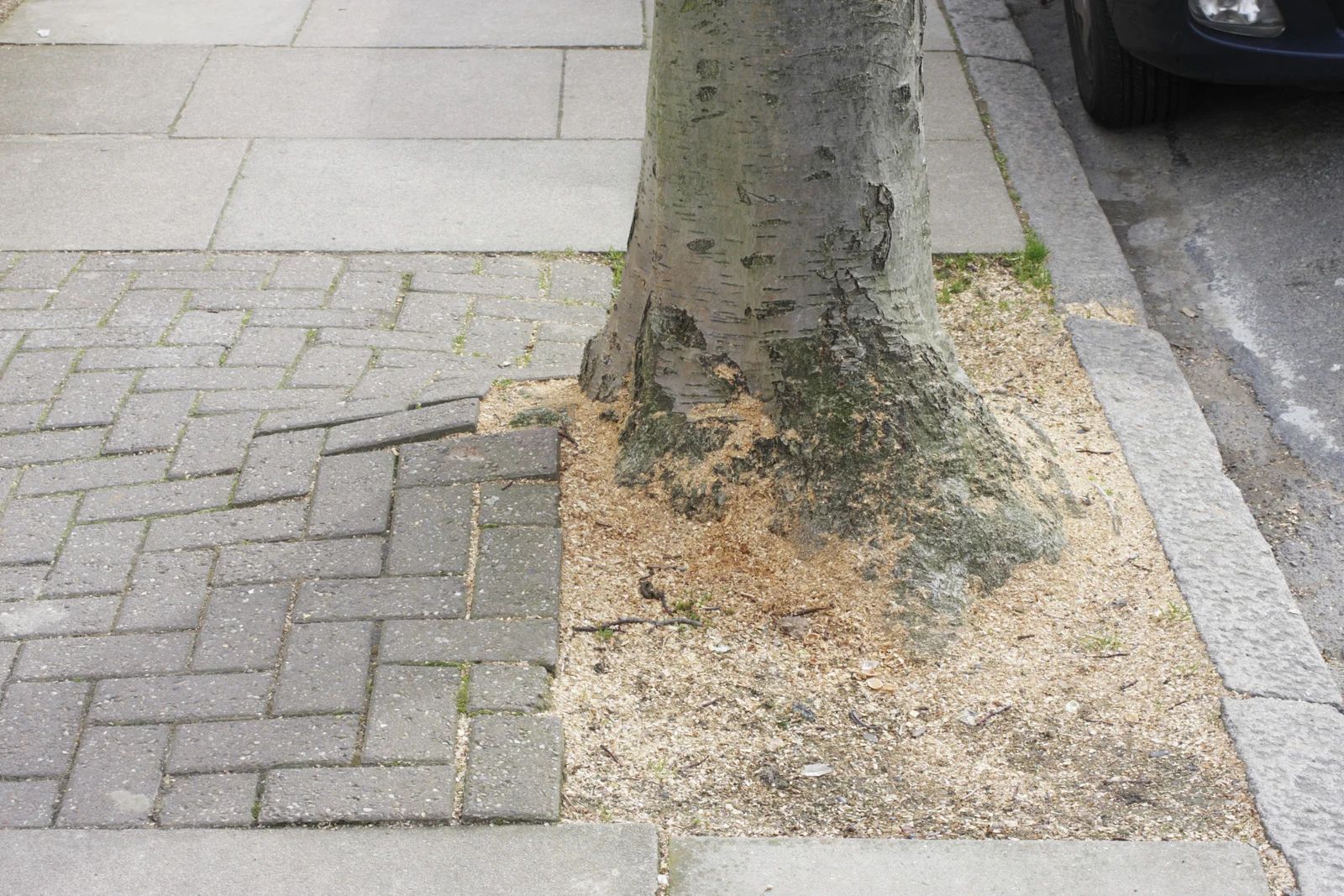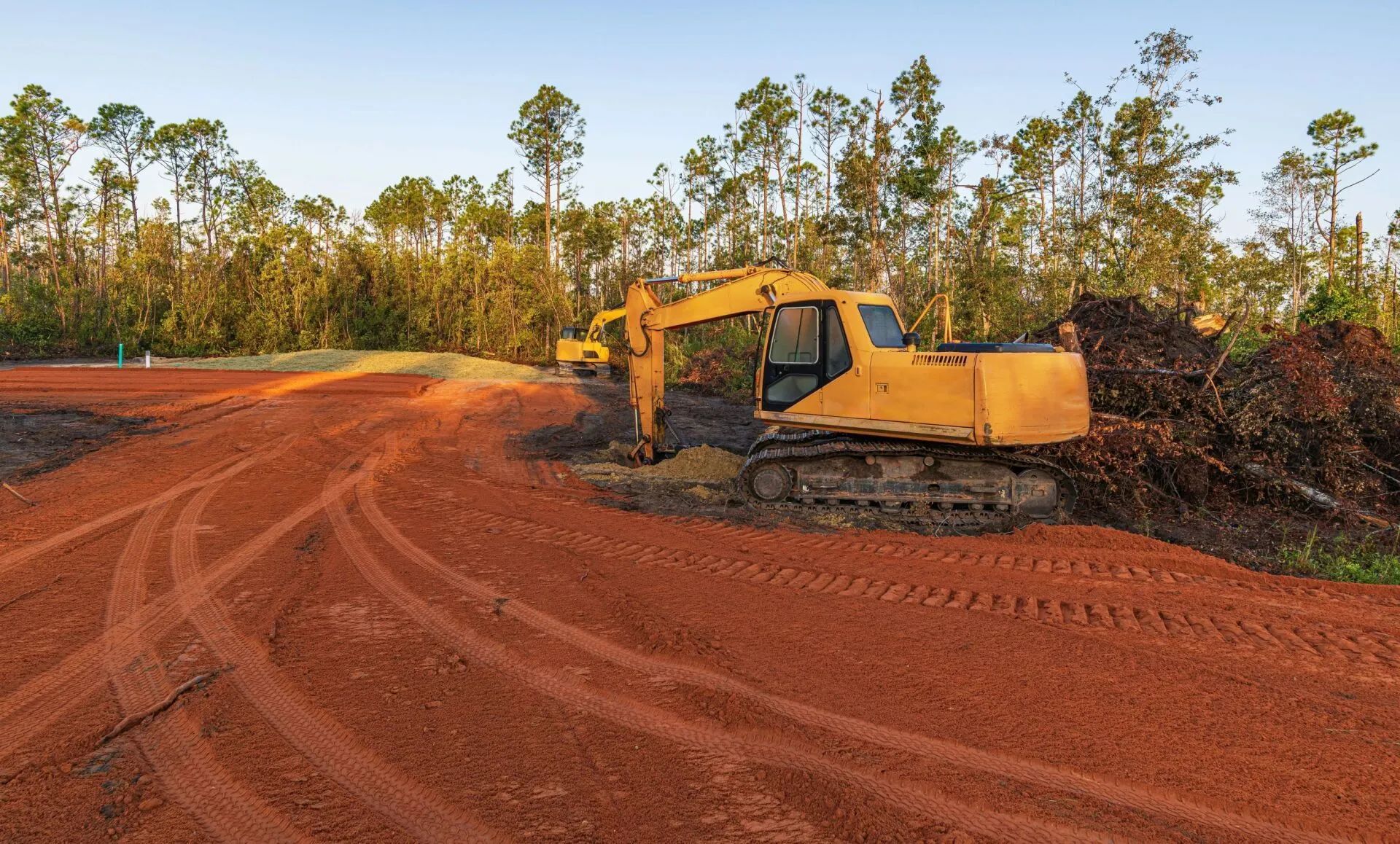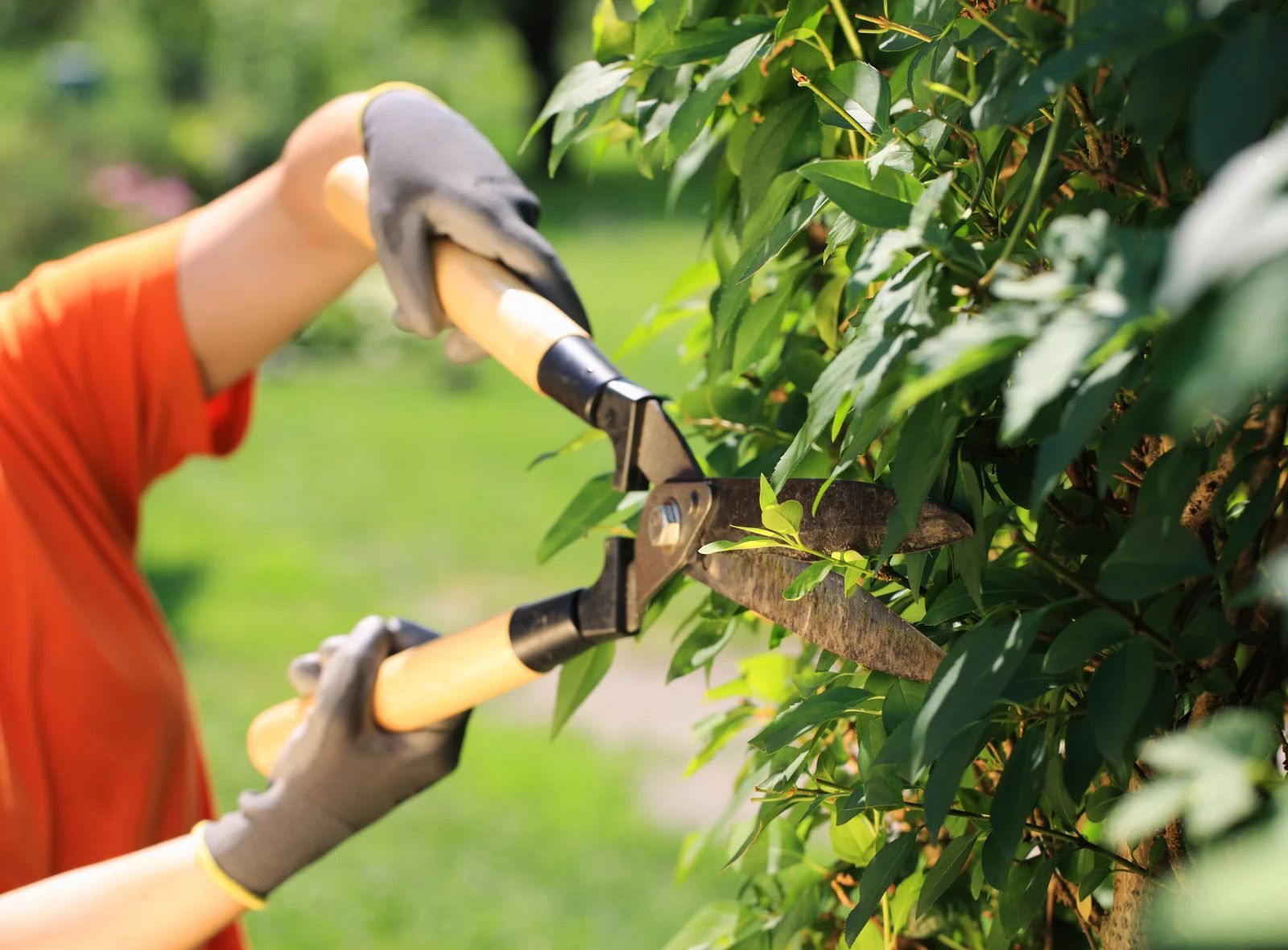The Best Time of Year to Trim Trees in the Willamette Valley
Tree trimming is a key part of maintaining healthy, strong, and beautiful trees. In the Willamette Valley, timing matters due to the region’s distinct seasons and weather patterns. Knowing when to prune can improve your tree’s structure, encourage new growth, and reduce the risk of disease. Here’s a breakdown of the best times to trim trees in this unique Oregon climate.
Late Winter: Ideal for Most Tree Types
One of the most recommended times to trim trees in the Willamette Valley is during late winter, usually between January and early March. During this dormant period, trees are not actively growing, which reduces stress and helps them recover more efficiently from cuts. This time is perfect for most deciduous trees because, without leaves, it’s easier to see the structure and make precise cuts. Pruning during dormancy also limits the risk of spreading disease, especially fungal infections that are more common in wet spring months.
Early Spring: Just Before Bud Break
Trimming trees in early spring, just before the buds begin to open, is also a great option. At this stage, trees are preparing to grow and will quickly seal pruning cuts. Early spring pruning can shape your trees for the upcoming growing season, especially helpful for young trees or those needing structural corrections. This is a good time to address weak or competing branches and remove any that could interfere with healthy development.
Summer: Light Maintenance Only
Tree trimming during the summer should be limited to light maintenance. This includes removing dead, damaged, or diseased branches that may pose safety hazards. Summer is not the ideal season for heavy pruning because the tree is actively growing and may not have the resources to recover from major cuts. However, small corrections made in summer can help improve air circulation and light penetration through the canopy.
Fall: Use Caution When Pruning
While some homeowners choose to prune in the fall after leaves have dropped, this period comes with some cautions. Trees are beginning to go dormant, but wounds may not have enough time to heal before colder weather sets in. Late fall pruning can sometimes lead to tree stress or disease issues if not done carefully. If you choose to prune in the fall, stick to minimal cuts and focus on removing deadwood or problem branches only.
Consider Tree Type and Purpose
Different tree species benefit from pruning at different times:
- Fruit trees: Best trimmed in late winter to early spring to stimulate fruit production and control shape.
- Flowering trees: Trim just after blooming ends to avoid cutting off next season’s flower buds.
- Evergreens: Require less frequent pruning but are best trimmed in late winter or early spring.
- Shade trees: Benefit from late winter or early spring trimming for long-term structure and health.
Trust the Local Experts in Tree Care
Timing your tree trimming properly helps maintain their health, improve safety, and boost your property’s appeal. If you're not sure when or how to prune, it’s best to consult professionals familiar with the local environment.
Over 30
years of experience, J & J Stump & Tree Removal
provides expert tree trimming services in Salem, OR, and throughout the Willamette Valley. Let our skilled team help keep your trees in peak condition year-round. Contact us today to schedule your professional tree trimming services.





